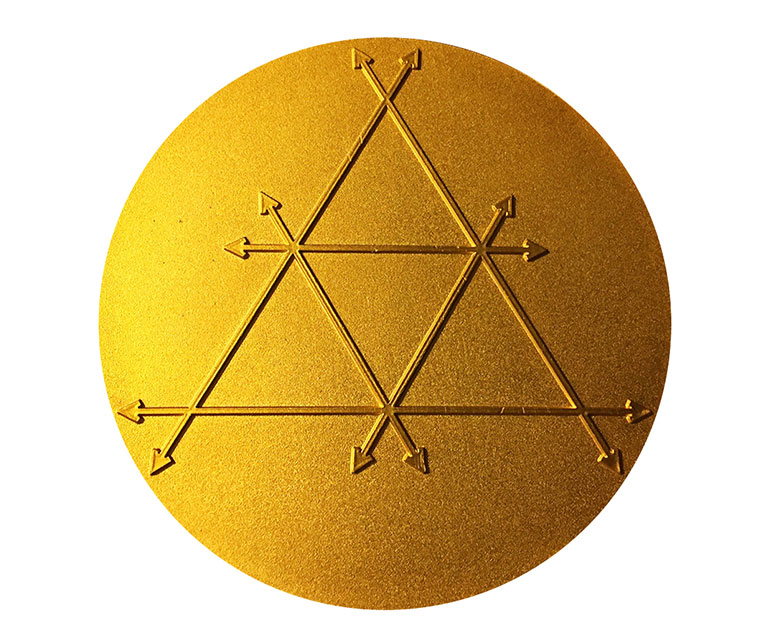
In recent decades, the scientific community has begun to study the possible harmful effects of electromagnetic fields (EMF) in humans. The National Institute of Environmental Health Sciences of the United States concluded that low frequency EMF was "possibly carcinogenic to humans,” and the World Health Organization recommended applying preventative measures for the possible effects of long term exposure, based on the "precautionary principle,” i.e. to adopt measures to protect the population as long as there is no scientific certainty of health effects caused by EMF.
There is more and more anecdotal evidence of the harmful effects to human health from EMF, Wifi, and most recently so-called Smart Meters used by gas and electric companies. The mainstream scientific world is still resistant to conduct broad research and publish results detrimental to the power industry.
Eureka Institute has conducted extensive research on the effects of EMF and Wifi on plants in controlled long-term studies. Those tests led to the development of different devices and remedies to mitigate the harmful effects.
Maria Thun and radioactivity
Maria Thun was a leading authority on “biodynamics,” an approach to agriculture which pays attention to the phases of the moon and the position of the planets and constellations to determine when to sow and harvest. Her annual biodynamic sowing and planting calendar was regarded as a vital land practice tool by aficionados of biodynamic gardening.The principles of biodynamic agriculture were first proposed by the Austrian philosopher Rudolf Steiner in 1924. He spoke of life forces not detectable by the physical senses, yet linking together the universe and all living things. He believed that the energy of plants can be affected not only by human actions and the weather, but also by the energy of the moon, stars and planets. Decisions about when to sow and prune, he suggested, should be made according to patterns of lunar and cosmic rhythms.
Beginning in the 1950s Maria Thun began controlled trials on her farm near Darmstadt, Germany. Planting vegetables when the moon was in different constellations resulted in their growing into different forms and sizes. Over years of research, she concluded that root crops do best if sown when the moon is passing through constellations associated with the earth element; leafy crops do best when the moon is associated with water signs; flowering plants do best associated with air signs; and fruits did better with fire signs.
Though sceptics dismissed biodynamics as unscientific, Maria Thun’s research provided a controlled scientific study spanning decades, offering proof of the viability of the theory. Eventually, Maria Thun began publishing a planting calendar and shared results from her years of trials.
Maria Thun is also known for her development of a new preparation in common use around the world, known as fladen. Originally made by Maria Thun in a barrel, it became known as barrel compost in the English-speaking world. Now, more commonly made in a pit in the ground, it is called cow pat pit.
In the biodynamic world, one anecdote says that after the Chernobyl nuclear accident, farms that had used fladen were not contaminated by the radioactive fallout. There was only theory about why those farms were free of radioactivity and whether the plants and soils simply did not absorb the fallout or whether they were able somehow to assimilate it. Another story is that Maria Thun was concerned about the nuclear fallout from test sites and began experimenting with formulas to protect plants. Trials on her farm showed positive results and further experiments with fladen in relation to radioactivity were continued by Enzo Nastati at Eureka Institute in Italy.
Currently, Widdar offers products for protection and remediation from radioactivity for specific situations.
Eureka Institute research
Enzo Nastati is the principle director of The Eureka Institute in Italy. He has been a biodynamic farmer and researcher for decades, and understands, from a deep and dedicated study of Rudolf Steiner’s work, that the biodynamic agricultural method was always intended to be developed and fortified to meet changing demands over time. After publishing over 80 books on agriculture, animal management, bees, and Spiritual Science (the holistic philosophy of Rudolf Steiner), Mr. Nastati’s work has been recognized around the world where he lectures, consults, and conducts continuing research.Enzo has spent the past 40 years researching and developing preparations and application techniques to further meet the demands of our modern day. His work addresses the difficulties presented by electromagnetic fields, radioactive pollution, industrial pollution, water quality deterioration, GMOs, and other harmful effects of modern technology. Based on this research and decades of trials, Widdar now offers some protective devices and remedies to help mitigate the effects of the radiation from our modern technology.